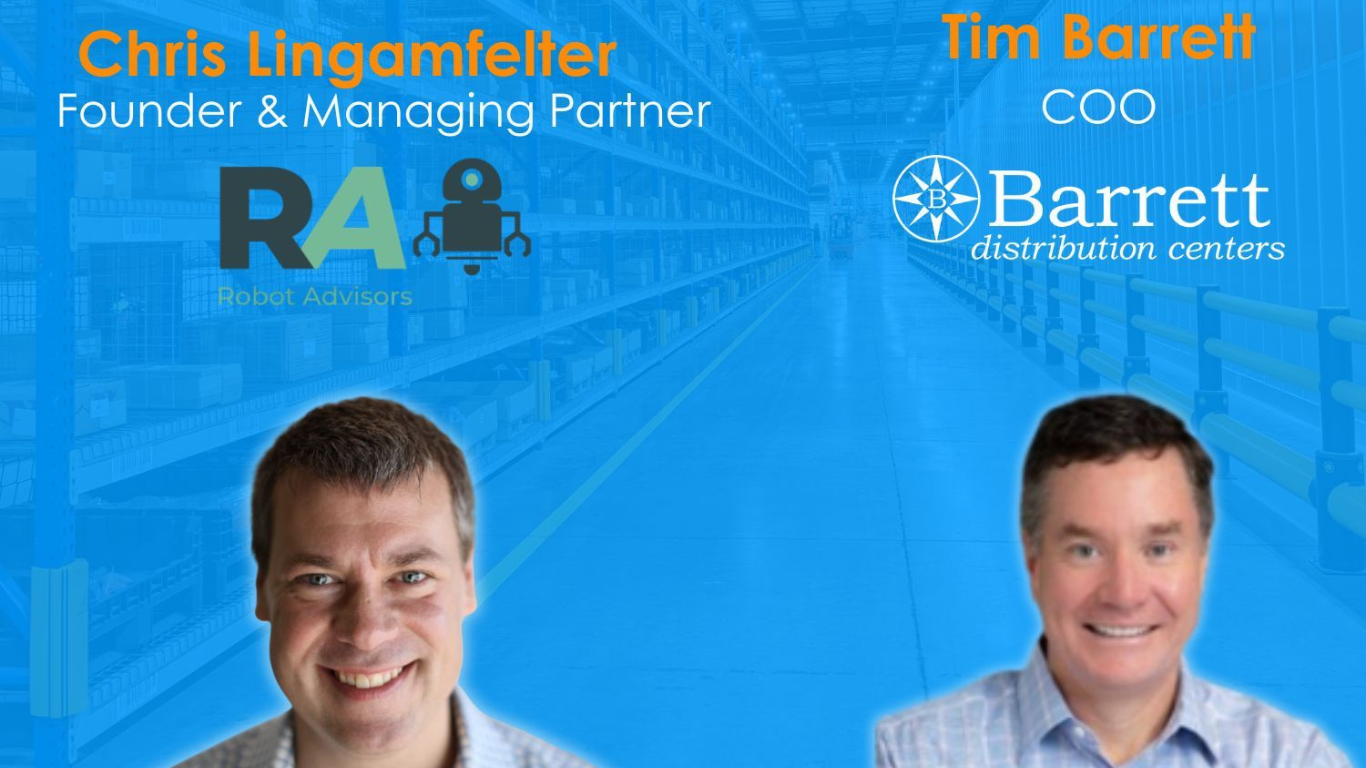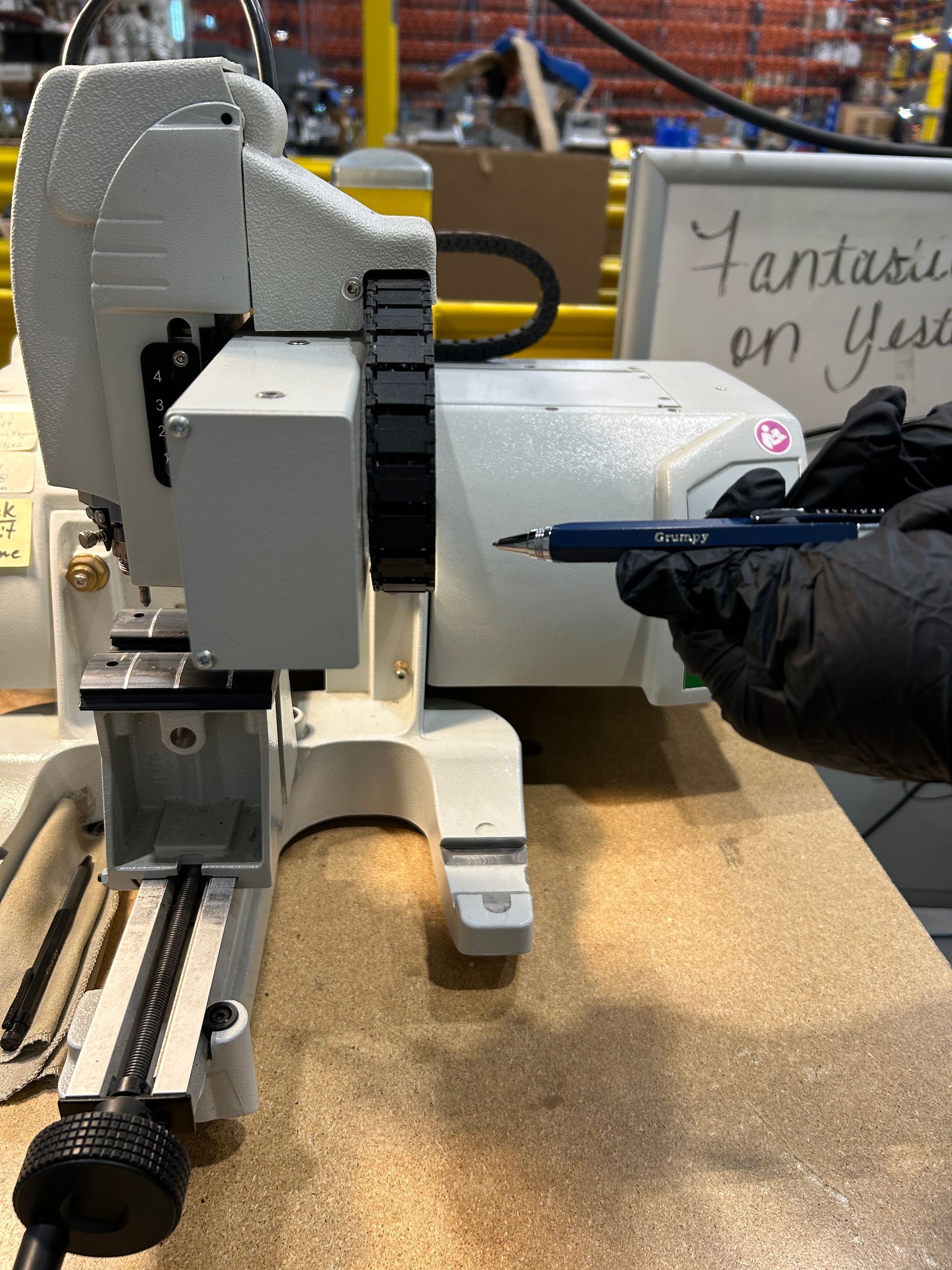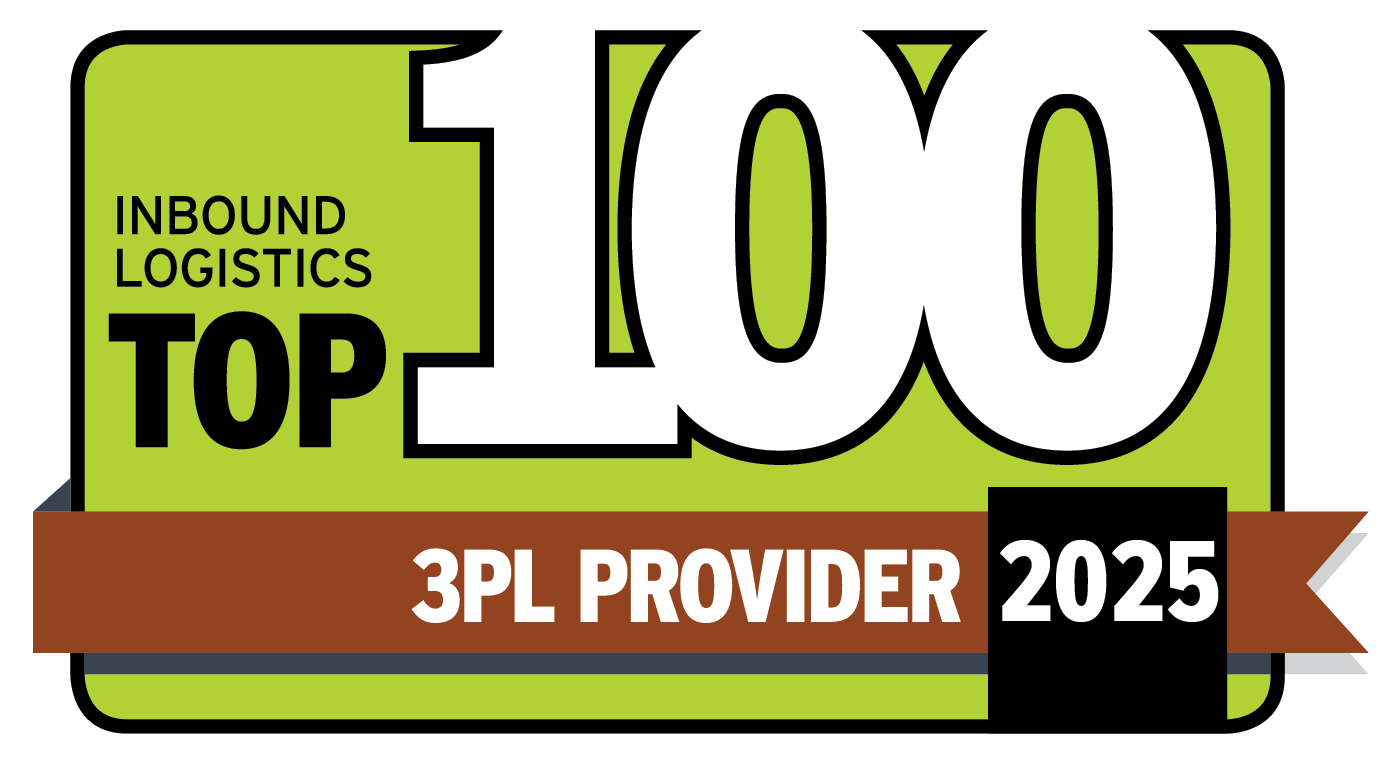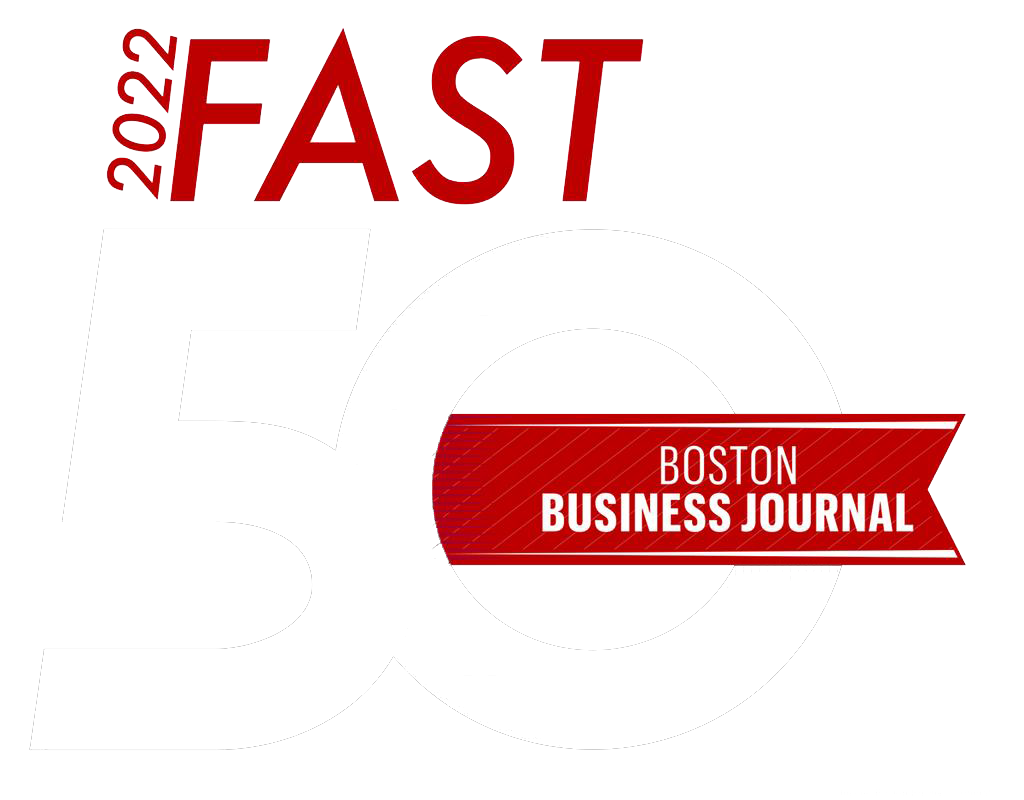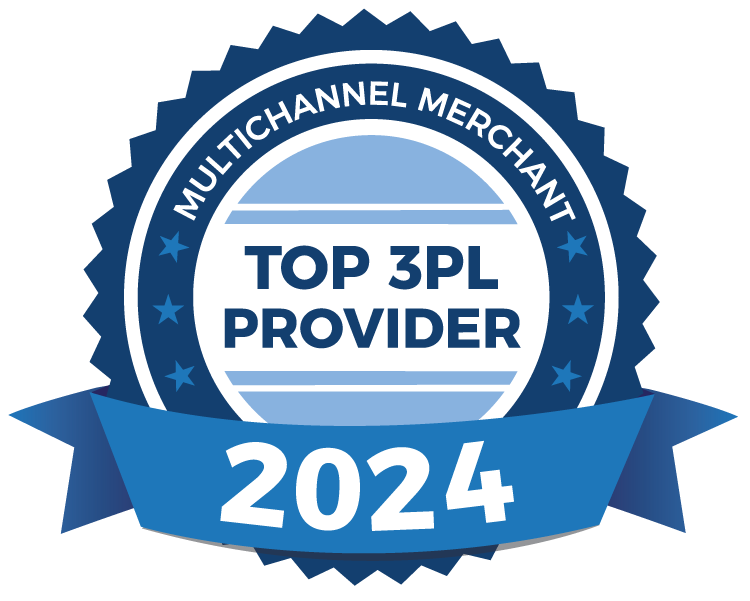B2B E-Commerce: The 3PL Solution
With the emergence of new technologies and platforms, the expectations of consumers have never been higher. Over the past ten years, companies have been forced to adapt and create solutions across the B2C landscape. Today, one of those solutions, e-commerce, is also rapidly expanding in the B2B sector with no signs of slowing down. According to a market in the U.S. has reached $560 billion compared to the $270 billion for the BtoC market. With statistical indicators such as this, businesses are beginning to understand the leverage a sound e-commerce platform provides. The early adopters in this segment are discovering a wealth of opportunities and efficiencies that are available to them. On the other hand, companies that delay any launch into the B2B e-commerce world may start to trail their aggressive competitors.
The landscape of the B2B market is changing. With companies like Amazon Supply and Google Shopping entering the arena, the sector has quickly become more competitive. However, these mounting competitive pressures have created openings for increased profitability. According to a , 55% of B2B e-commerce executives indicated that total customer acquisition costs decreased in parallel with migrating customers online. This drastic reduction in cost is especially important considering these buyers also have extremely low supplier loyalty. A found that 85% of buyers would switch suppliers for a lower cost option. Furthermore, it was found that these buyers also rely heavily on the internet for research, rarely visiting a supplier’s physical store. Knowing that B2B buyers not only prefer to research and buy online, but that they are also easily swayed by cost makes increasing operational efficiencies a necessity, as well as the first step in establishing a pricing advantage.
Many B2B companies are already wading into the e-commerce market, and in 2014, according to
40% of these businesses are expected to commit to e-commerce as a means of marketing and selling. Leveraging the services and expertise of a 3PL can help keep your B2B organization lean and able to compete effectively by allowing you to maintain lower prices and higher acquisition. When the costs of storing and managing inventory are lowered, if not eliminated, a substantial boost to your bottom line can be the result.
Barrett Distribution has listed three major benefits a 3PL can provide for a business -to-business e-commerce company. The benefits noted below are not the entire list, but they provide a solid foundation for a company to start increasing operational efficiencies.
- Infrastructure cost savings: A 3PL partner can handle your warehousing, fulfillment and delivery needs. Without investing capital into infrastructure and staff, you can pass those savings along to your customers. With a pricing advantage, you create an opportunity to bring in more customers who are loyal to their bottom line, not necessarily their current supplier.
- Fulfillment cost savings: Another key area where costs can be trimmed is in fulfillment. Having a 3PL with the experience, technology and expertise to manage your fulfillment needs can result in significant savings. A major problem for e-commerce operations is product returns. These can be costly and add up quickly. With the best processes and accuracy measures in place, your customers will receive the correct order on time, saving you the cost of returns and creating happy customers.
- Scalability: When you maintain your logistics and distribution in-house, as your business grows, the burden of accommodating higher demands falls on you in the form of more investments in infrastructure, technology and people. This is particularly true for seasonal businesses. A 3PL can accommodate your needs, as you shar and during your high volume periods as well.
The benefits listed above are only some of the advantages that an experienced 3PL can provide to enhance your business. It is important to recognize the trends and forecast where technology is propelling your business. According to , 71% of all B2B e-commerce buyers strongly agree that their online budget will increase this year, and the B2B e -commerce sector is where the dollars will be. By outsourcing your logistics to Barrett Distribution, you are taking a step towards positively impacting your bottom line in the emerging B2B e-commerce field.
Our clients know that their customers will have higher satisfaction, higher service levels, and predictable, reliable operational execution with Barrett. To improve the sales efficiency of your e-commerce business, speak to a Barrett Distribution team member now.
Recent Blog Posts
